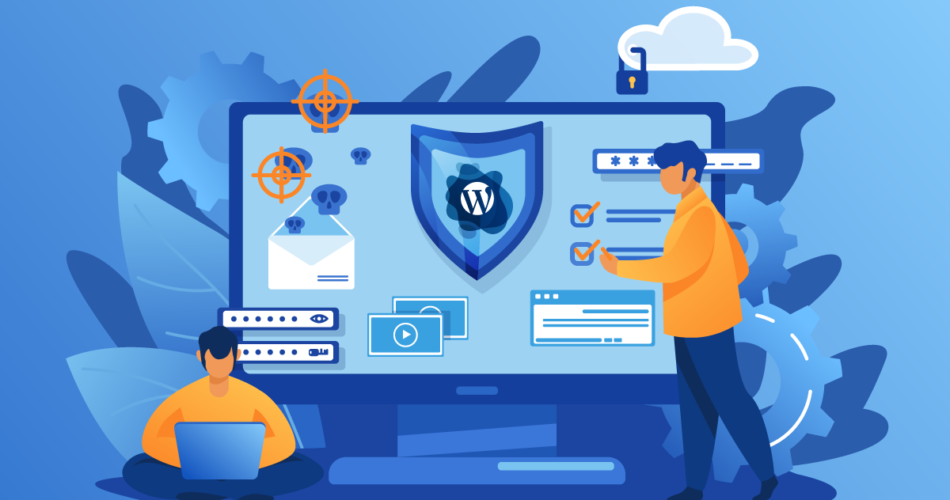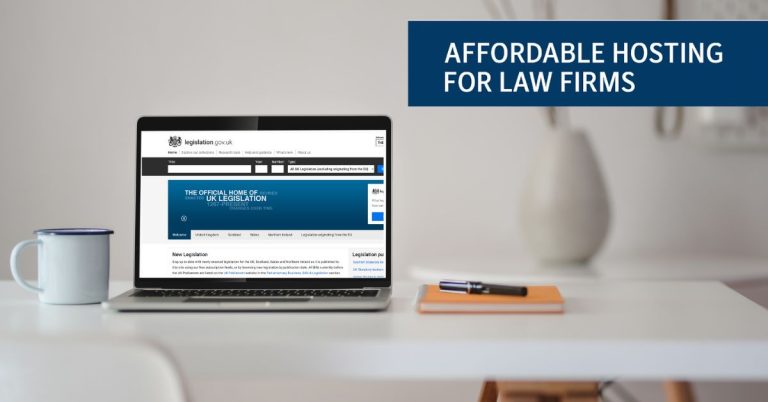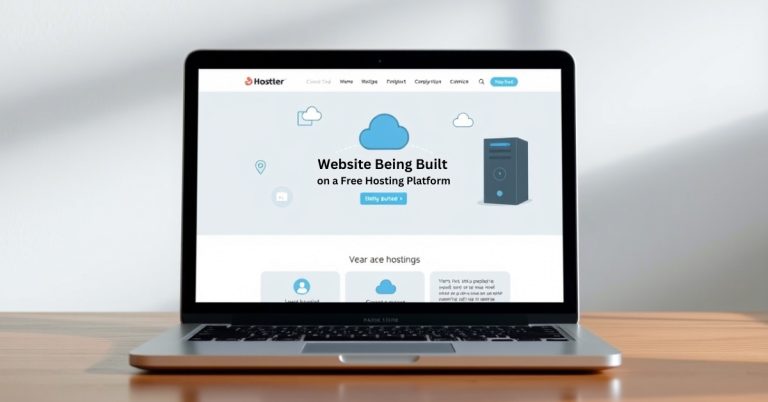How to Keep Your WordPress Site Secure: A Comprehensive Guide
How to Keep Your WordPress Site Secure
WordPress is undoubtedly one of the most popular content management systems (CMS) globally, and for good reason. Its simplicity, flexibility, and accessibility make it the go-to platform for millions of users. With the right themes and plugins, WordPress can transform your website into virtually anything you imagine.
However, its immense popularity also makes it an attractive target for cyberattacks. In this guide, we’ll explore actionable strategies to secure your WordPress site and ensure its longevity.
How Secure Is WordPress?
Being an open-source platform, WordPress allows anyone to download, modify, and share its software. While this transparency could potentially make it vulnerable, WordPress is far more secure than many assume. Here’s why:
- Dedicated Security Team: WordPress has a team of expert developers consistently monitoring for vulnerabilities, releasing patches, and updating the platform regularly.
- User Responsibility: While WordPress core is secure, the user’s actions—or lack thereof—play a crucial role in maintaining site security.
As WordPress.org aptly states, “Security is about risk reduction, not risk elimination.” By employing the right security measures, you can significantly reduce the risk of your site being compromised.
Essential Steps to Secure Your WordPress Site
1. Choose a Reliable Hosting Provider
Your hosting provider serves as the foundation of your website’s security. Here’s what to look for:
- Regular software updates and server monitoring.
- Backup and recovery options.
- Secure FTP (SFTP) or SSH connections.
- SSL certificates for secure data transmission.
For instance, providers like Webhostifier offer robust security features, including free SSL certificates with premium plans, ensuring better protection for your website.
2. Keep WordPress Updated
Outdated WordPress installations, plugins, or themes are among the leading causes of hacked sites. Ensure you:
- Update WordPress core regularly.
- Keep all plugins and themes up to date.
- Enable automatic updates for minor releases and manually update major ones via Dashboard > Updates.
Pro Tip: Always back up your site before performing updates to avoid potential issues.
3. Strengthen Passwords and Permissions
Using weak passwords or the default “admin” username is like leaving your front door unlocked. Here’s how to improve your site’s password security:
- Avoid using “admin” as your username. Change it via the Users menu or use plugins like Username Changer.
- Create strong, unique passwords for all accounts.
- Restrict user permissions. For example, assign the “Editor” role only to those who need it and downgrade permissions when no longer required.
Bonus Tip: Limit login attempts and set up notifications for suspicious login activities.
4. Install Trusted Security Plugins
Security plugins add an extra layer of protection. Popular options include:
- WPS Hide Login: Customize your login URL to deter hackers.
- WordFence: Protects against brute force attacks and limits failed login attempts.
- WP DB Backup: Simplifies database backups.
- Anti-Spam: Blocks potentially malicious spam messages.
- Antivirus Plugin: Guards against malware and bots.
Before installing any plugin:
- Check its reviews and active installs.
- Ensure compatibility with the latest WordPress version.
- Regularly update all installed plugins.
5. Back Up Your Site Regularly
Regular backups are a safety net against data loss or attacks. Follow these best practices:
- Backup both files and databases.
- Use reliable backup tools like UpdraftPlus or BackupBuddy.
- Store backups in secure cloud storage solutions like Google Drive or Dropbox.
6. Secure Your Database
Your database holds all critical site information. Strengthen it by:
- Changing the default database prefix (“wp_”).
- Limiting database user permissions.
- Using security plugins that protect against SQL injection attacks.
7. Use HTTPS
HTTPS encrypts the data transfer between your site and its visitors. Obtain an SSL certificate from your hosting provider or third-party services to activate HTTPS.
8. Disable Unnecessary Features
Reduce vulnerabilities by disabling features like file editing in the WordPress dashboard. Add this line to your wp-config.php file:
define('DISALLOW_FILE_EDIT', true);9. Monitor Your Site’s Activity
Stay vigilant by tracking your site’s activity:
- Use activity log plugins to monitor user actions.
- Regularly check for unusual behaviors, such as unexpected changes or login attempts from unknown IPs.
Conclusion
Securing your WordPress site is not a one-time task but an ongoing process. By choosing reliable hosting, keeping your installation updated, strengthening passwords, using security plugins, and maintaining regular backups, you can significantly reduce risks.
WordPress’s popularity makes it a prime target for attacks, but with these proactive measures, you can ensure your site remains secure and reliable. Remember, a secure website not only protects your content but also builds trust with your audience.






